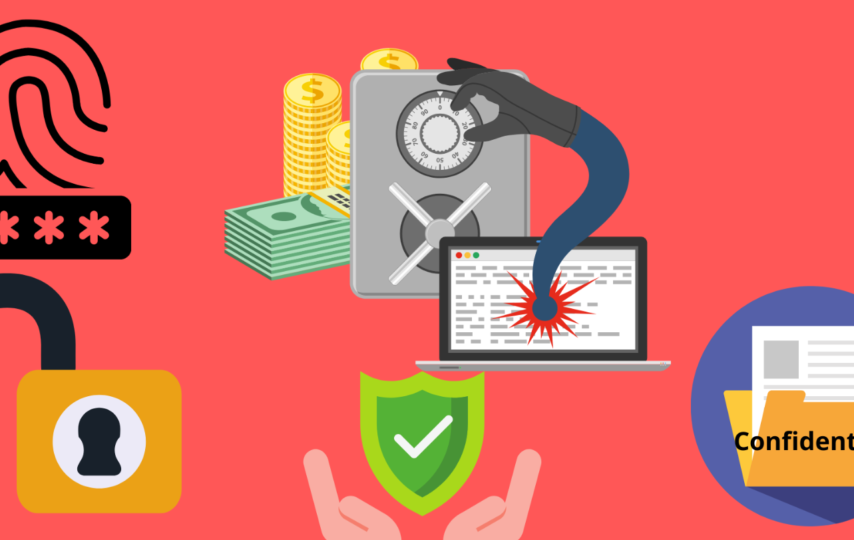Ping Identity is a cloud-based identity and access management (IAM) platform that simplifies the way organizations manage user identities. It provides secure, seamless access to applications and resources across on-premises, hybrid, and cloud environments.
One of Ping Identity’s core features is its ability to provide single sign-on (SSO) capabilities, allowing users to log in once using a single set of credentials and gain access to all their authorized applications without having to enter login information again.
Ping Identity also offers multi-factor authentication (MFA), which adds an extra layer of security by requiring users to confirm their identity through additional steps like biometric verification or one-time passwords.
Ping Identity Training offers a wide range of benefits for organizations. Firstly, it helps to ensure that all employees are fully trained and equipped with the necessary skills to use Ping Identity solutions effectively. This is especially important for large organizations where there may be multiple teams using different systems.
Secondly, Ping Identity Training can help improve overall productivity and efficiency by reducing errors and increasing speed in identity management processes. When employees are properly trained on how to use these tools, they can work more quickly and accurately which leads to more efficient workflows.
Thirdly, investing in Ping Identity Training can also help reduce security risks within an organization. When everyone knows how to manage identities securely and efficiently, the probability of data breaches or other cyber attacks decreases significantly.
Having skilled employees who understand the nuances of identity management allows an organization’s IT team to focus on other critical tasks like infrastructure maintenance or new technology implementation.
Ping Identity Training can benefit anyone who is involved in managing and securing access to sensitive data within an organization. This includes IT administrators, security analysts, developers, DevOps professionals, and identity architects among others.
IT administrators need to understand how Ping Identity works to manage user identities across different systems and applications. They also need to know how to configure the software for optimal performance and maintain it over time.
Security analysts should have a deep understanding of Ping Identity’s multi-factor authentication (MFA) capabilities in order to design effective security policies that protect against unauthorized access attempts.
Developers should be trained on how to integrate their applications with Ping Identity as well as how they can use the software’s APIs for custom application development.
DevOps professionals play a crucial role in ensuring that cloud-based systems are set up securely from the start. By learning about Ping Identity’s features such as single sign-on (SSO), API protection, and mobile device management (MDM), they can help organizations deploy secure applications quickly while reducing risk.
Identity architects should understand all aspects of identity management including federation protocols like SAML 2.0 or OpenID Connect (OIDC). By knowing these protocols inside out, they will be better equipped to build scalable solutions that meet business needs while keeping data safe.
Getting started with Ping Identity training is a simple process that can help your organization to enhance its security and identity management capabilities. The first step towards getting started is to identify the specific training needs of your organization, including the number of employees who need training, their roles and responsibilities, as well as the areas where they require more knowledge and skills.
The next step is to choose a suitable Ping Identity course that meets your requirements. There are various courses available ranging from beginner to advanced levels depending on the level of expertise required by your team members. You can also opt for online or in-person classes based on what works best for you.
After selecting a course, it’s essential to allocate sufficient time for training sessions so that employees have ample opportunity to learn and practice new concepts. During this period, make sure you provide them with relevant resources like videos, tutorials, or support documentation.








